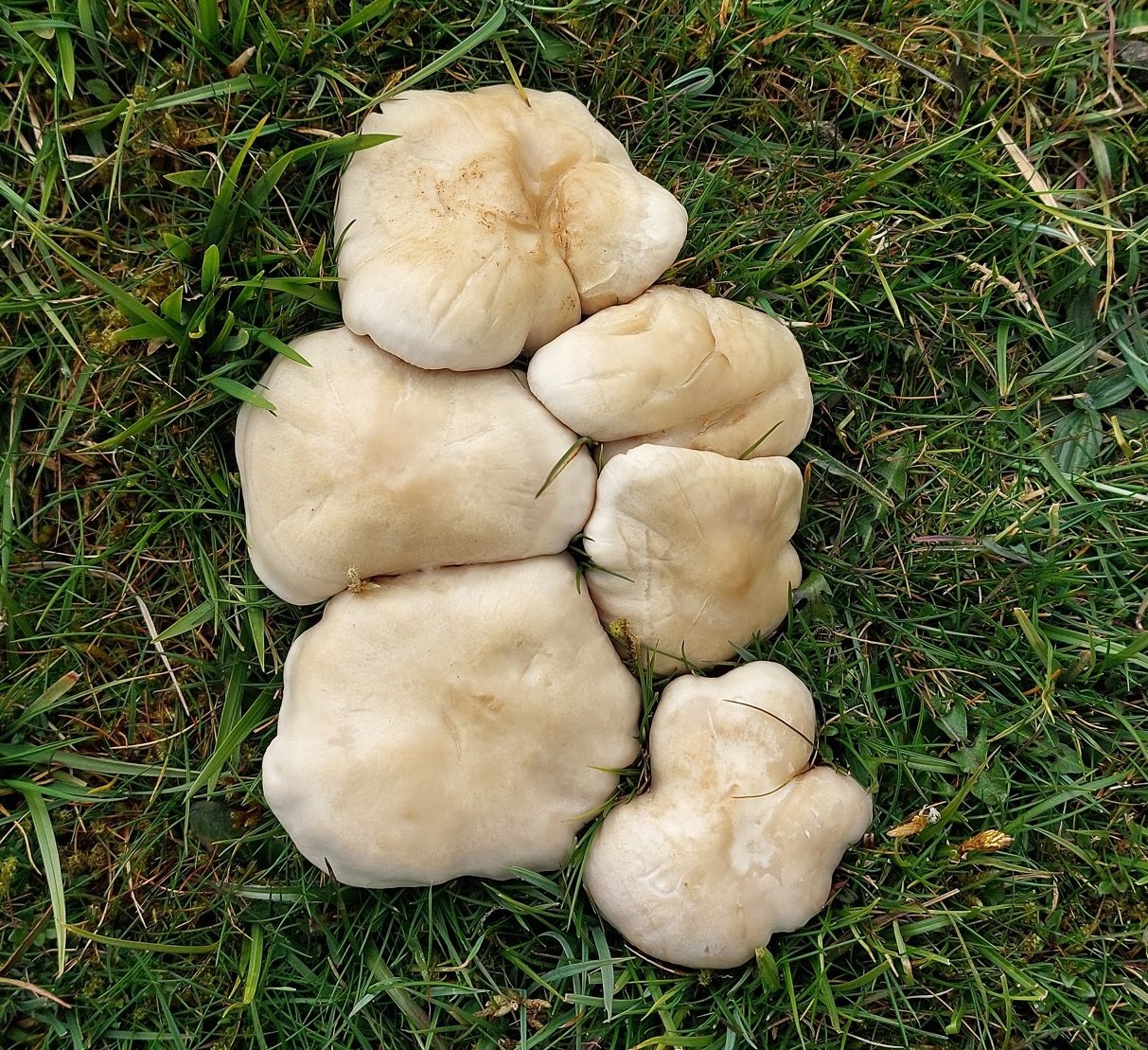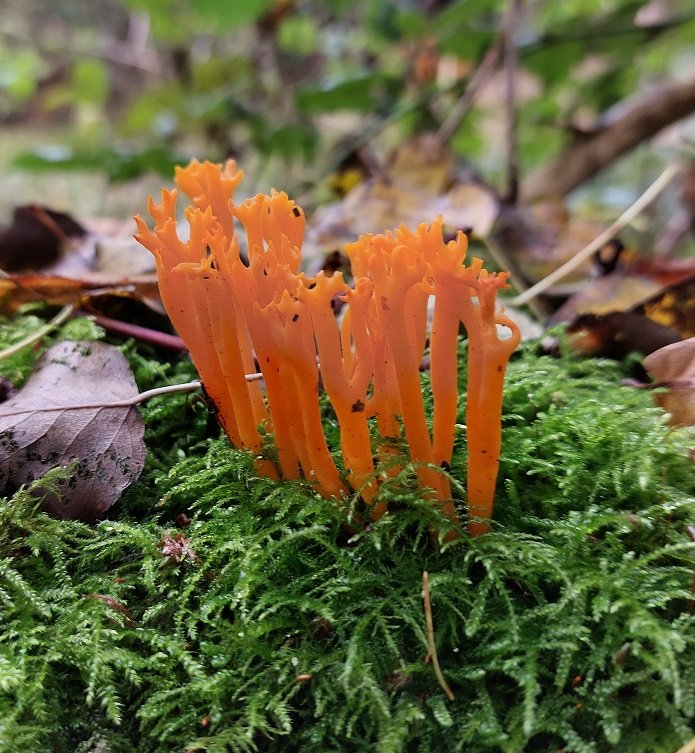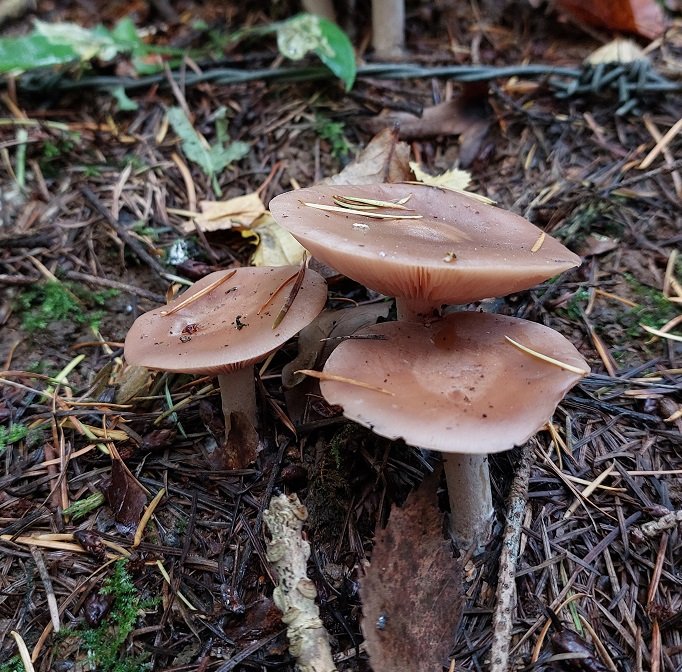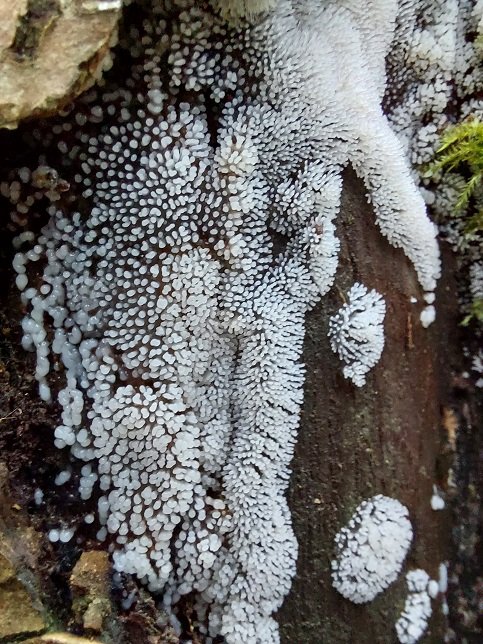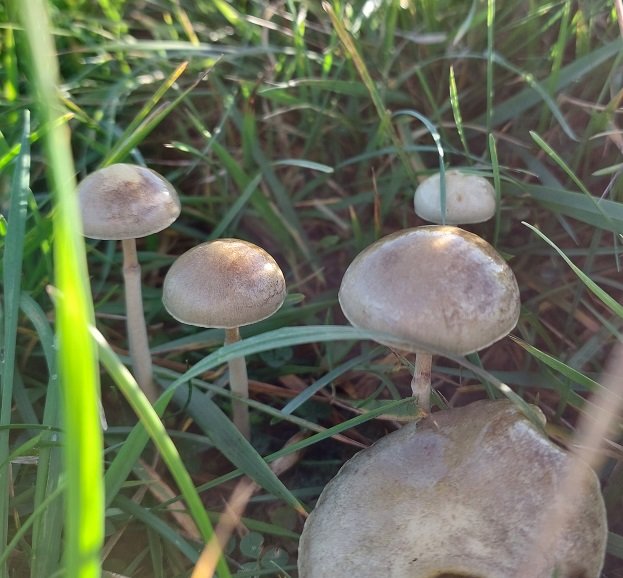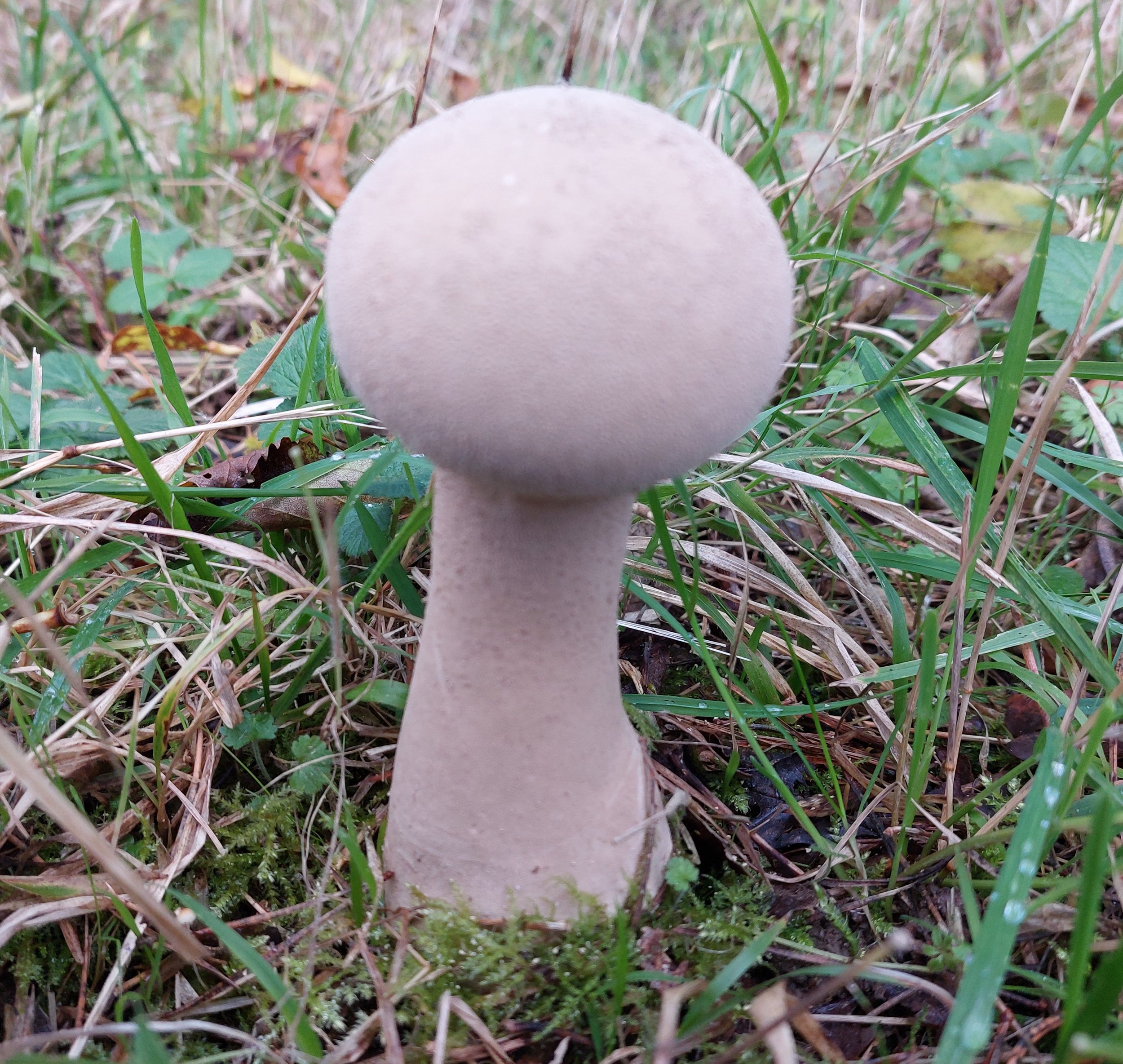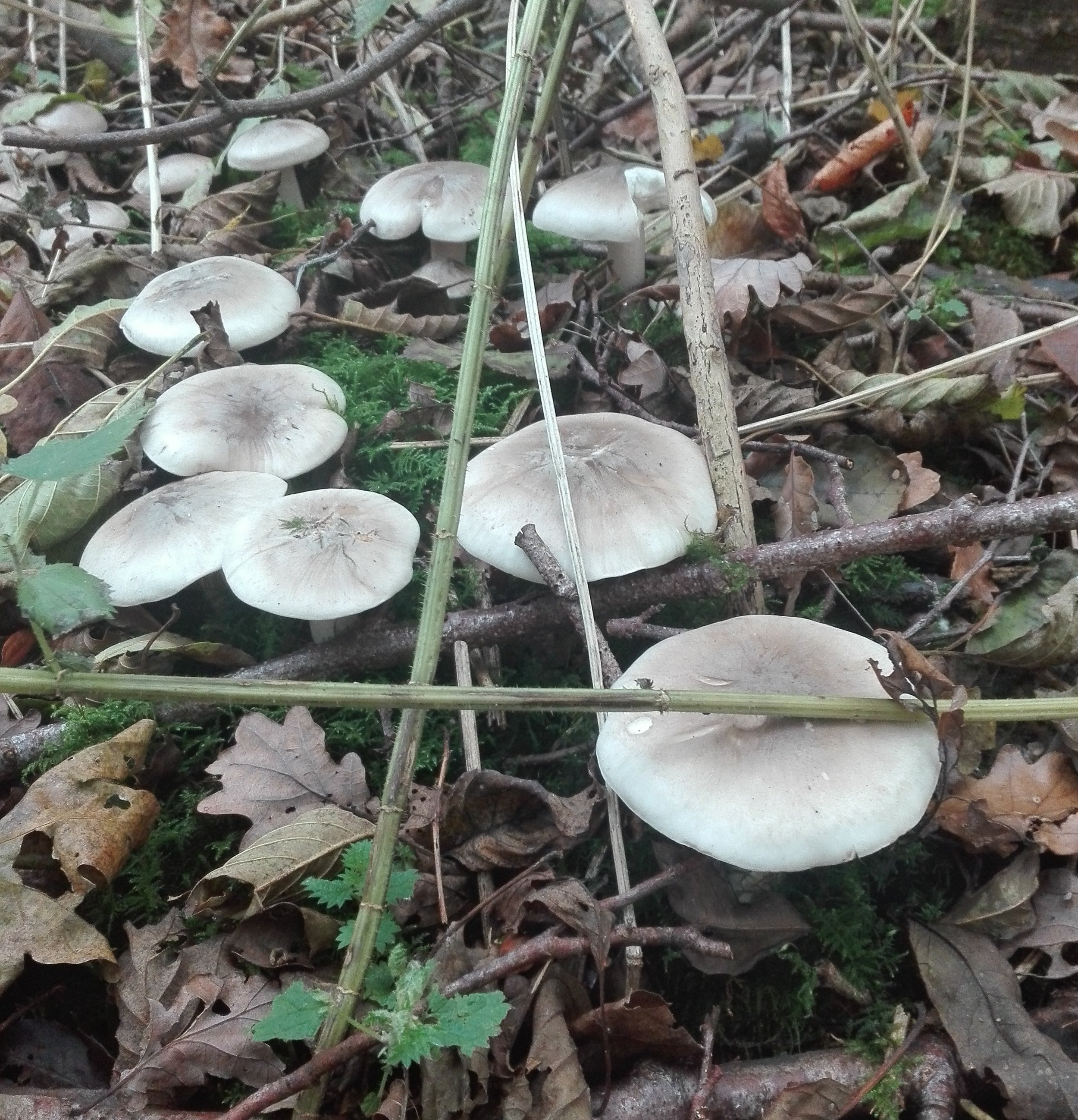A Sad-looking Lawn
/The dried out lawn is looking pretty sad and brown. About the only flower left is Yarrow, which can obviously tolerate drought. Usually I would have mowed off the flower heads, but it seems a waste of time to mow the few spikes of grass seed-heads and plantain flowers that are poking up out of the dead turf. Besides it’s too hot! Talking Plantains, I noticed this mildew on some of the leaves; it is a mildew specific to Plantago species called Golovinomyces sordidus, a species I didn’t notice before.


















